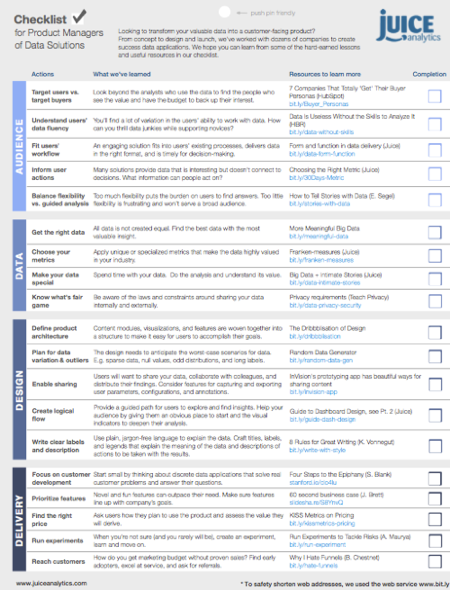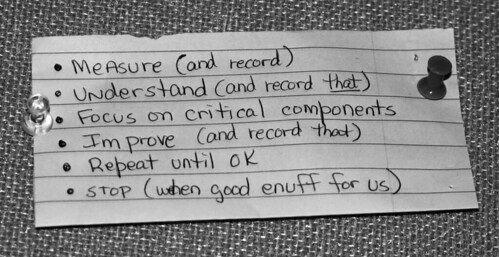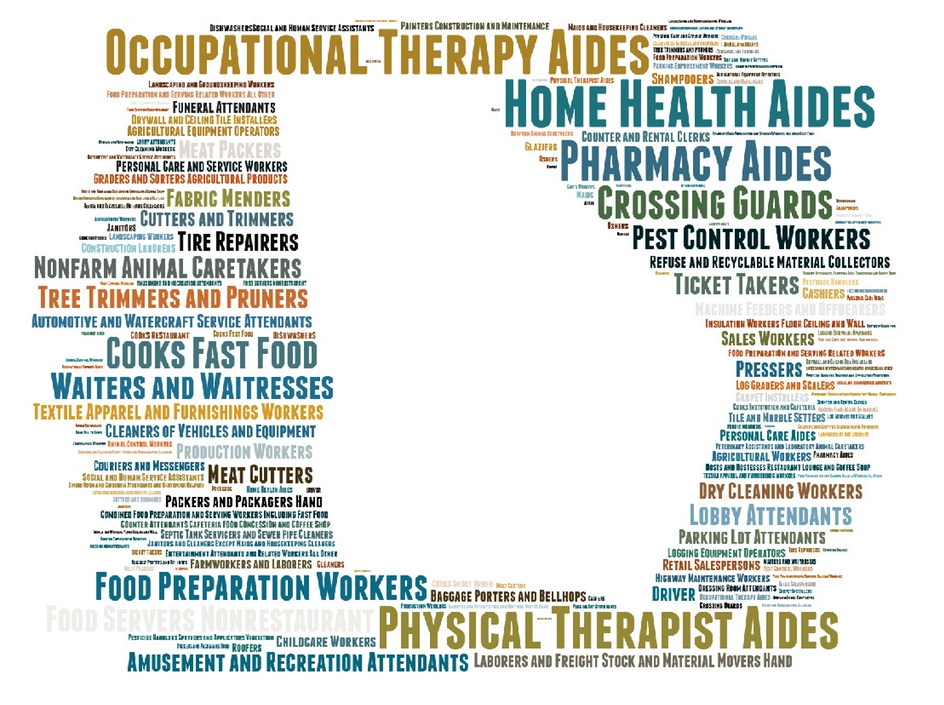One of my favorite journalists is Dan Neil who writes the weekly car review for the Wall Street Journal. His combination of wit and snark, with just a touch of 'finicky' speaks right to me.
Recently, Dan was reviewing the Mazda6 and made this observation:
"Among the many injustices in the car business is styling. A company can build an automobile with great performance, efficiency, value, safety, and back it up with pitch-perfect messaging, only to have whole enterprise come up short because of one awkward swage line, one not-quite-there proportion, or—famously, notoriously, in the recent case of Mazda—a weird, zany grille."
And you know what? It's not too different for an application designed to present data. Sometimes the most applicable, most descriptive, most complete, most highly-engineered data gets panned because the front-end display was not properly designed, styled, and presented.
In reflecting on this situation, Dan goes on to say:
"It almost seems immoral, doesn't it, that the work of all those great engineers is subject to the whim of some "stylist"? What kind of job is that, anyway? Styling is so trivial, so nonessential, so artsy-tartsy. Powertrain, noise-vibration-harshness, chassis dynamics—those are hard. You can do styling on a cocktail napkin."
Ha! "Artsy-tartsy!" Well, as Dan goes on to say, design isn't quite as easy as "styling on a cocktail napkin" and it takes both design and engineering to create a wonderful automotive experience. And, I'd add, a wonderful solution to data problems.
So, what's the key?
You want your users to buy the styling and be thrilled with its engineering awesomeness.
After doing his typical in depth, car-nerd-level review, talking about design philosophy, a-pillars, compression ratio, and suspension tuning, he reveals the winner of this designer/engineer throw down:
"So who won, the stylists or the engineers? Well, the Mazda6 is a great, efficient, fun-to-drive machine in a field of machines that can be described likewise. What people will buy is the styling.
Which is to say, the engineers won."
Be a winner -- design your data applications so your target users will buy them. And give them the opportunity to adore your engineering.













